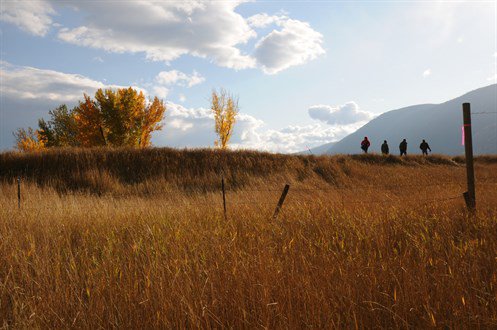How to Build a Power Plan: Begin With the Basics
- May 17, 2013
- Carol Winkel

Since arriving last spring as the Council’s new power division director, Charlie Black has focused a lot of his attention on meeting people; to introduce himself, naturally, but also to listen to what they think. One of the biggest messages from people across the board was a desire for stronger communication and participation in the Council’s power planning process.
“The mid-term assessment of the Sixth Power Plan, which we completed not too long ago, was successful largely because of our extensive outreach,” said Black. The assessment was an opportunity to revisit the plan’s assumptions, see what had changed over the last two years, and start to think about the next power plan.
One way the division has sought to prepare Council members for the task ahead, a few who are new to their roles, has been through primers on key topics.
So far, topics have included carbon emissions, power system capacity, and gas-fired generation. An early primer on power system flexibility, one of the key issues for the Seventh Power Plan to address, began by defining basic terms like “energy” and “peaking capacity,” and then described how system operators keep load and generation in balance.
Almost 8,500 megawatts of wind generation has been added to the Northwest’s system, and integrating this intermittent resource presents challenges, both in the need for more system flexibility, and capacity, to manage up and down fluctuations in its output.
Expect more information like this in the future to keep people updated and to encourage discussion on all the building blocks to developing the Seventh Power Plan.



